Group's Research Theme
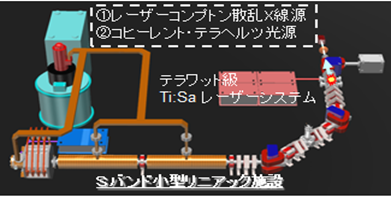
Development of the laser-Compton X-rays and their application.
We operate a 40-MeV S-band electron linear accelerator (Fig. 1). The accelerator uses a laser-driven photocathode rf gun, which emits an intense electron bunch train of low emittance. A magnetic bunch compressor is installed on the accelerator, which shortens the electron pulse from a few picoseconds to a few hundred femtoseconds. Short-pulse hard X-ray beam generated via the laser-Compton scattering (LCS) for medical imaging, high energy bremsstrahlung X-ray beam for nondestructive testing, and intense terahertz radiation for biological study and material-identified imaging (Fig. 2) are generated with the accelerator.
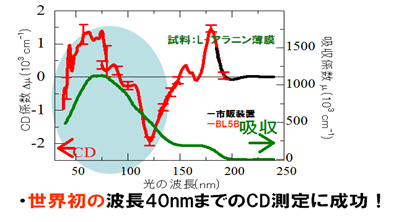
Fig.2 Circular dichroism in the extreme ultraviolet wavelength for
structure analysis of molecular conformation.
Circular dichroism in the extreme ultraviolet wavelength for structure analysis of molecular conformation.
Natural circular dichroism (CD) spectra in the extreme ultraviolet (EUV) region down to a wavelength of 40 nm have been observed for the first time. A CD measurement system with an Onuki-type polarizing undulator was used to obtain the EUV-CD spectra. This CD system can be applied to observe the secondary structure analysis of protein solution and molecular conformational analysis of sugars. At present, we are trying to develop the CD measurement system in the vacuum ultraviolet region by using a conventional lamp as a light source.
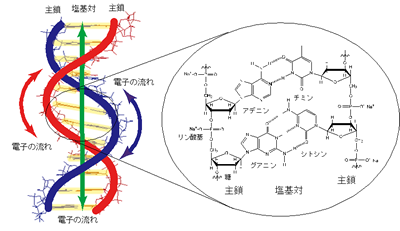
Measurement of electron transport properties of deoxyribonucleic acid (DNA)
To help in our understanding of the electron transport properties of deoxyribonucleic acid (DNA), it is useful to study the interfacial interaction between each nucleotide building block of DNA. Electron transfer properties between phosphate groups in microcrystalline 5′-Guanosin monophosphate (GMP) were probed using energy-dependent resonant Auger spectroscopy. Results show that the phosphate group of GMP forms an extended state along the phosphate directions similar to the case of DNA phosphate backbones. Electron delocalization time of the phosphate groups in GMP is faster than those of DNA, as estimated using the core-hole clock method. This suggests that interface between GMP phosphate groups would have the lowest tunneling barrier among DNA related systems. Although the π–π coupling of nucleobases is only recognized as charge-transfer pathway in DNA and related systems, another conduction pathway through phosphate groups would be possible.
Staff Members
| photo | name | field of expertise | |
|---|---|---|---|
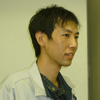 |
Group Leader
KATO Hidetoshi (Conc.) |
X-ray sources, nondestructive inspection, radiation measurement | |
 |
SEI Norihiro | Accelerator physics, free-electron laser, terahertz radiation | |
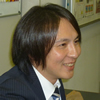 |
KURODA Ryunosuke (Conc.) | Accelerator physics, laser, terahertz radiation, ultra-short pulse x-rays | |
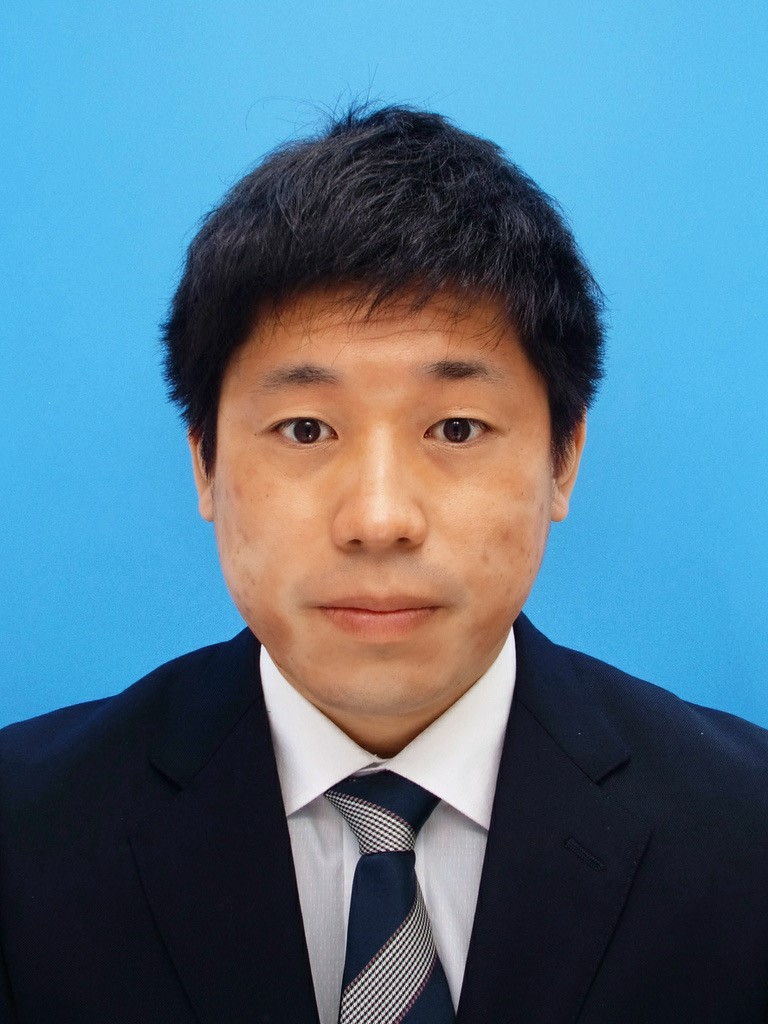 |
KIMURA Hiromi (Conc.) | Material engineering, optical physics, radiation detectors, radiation measurements | |
 |
OGAWA Hiroshi (Conc.) | Physics, accelerator science, free-electron laser, nuclear physics | |
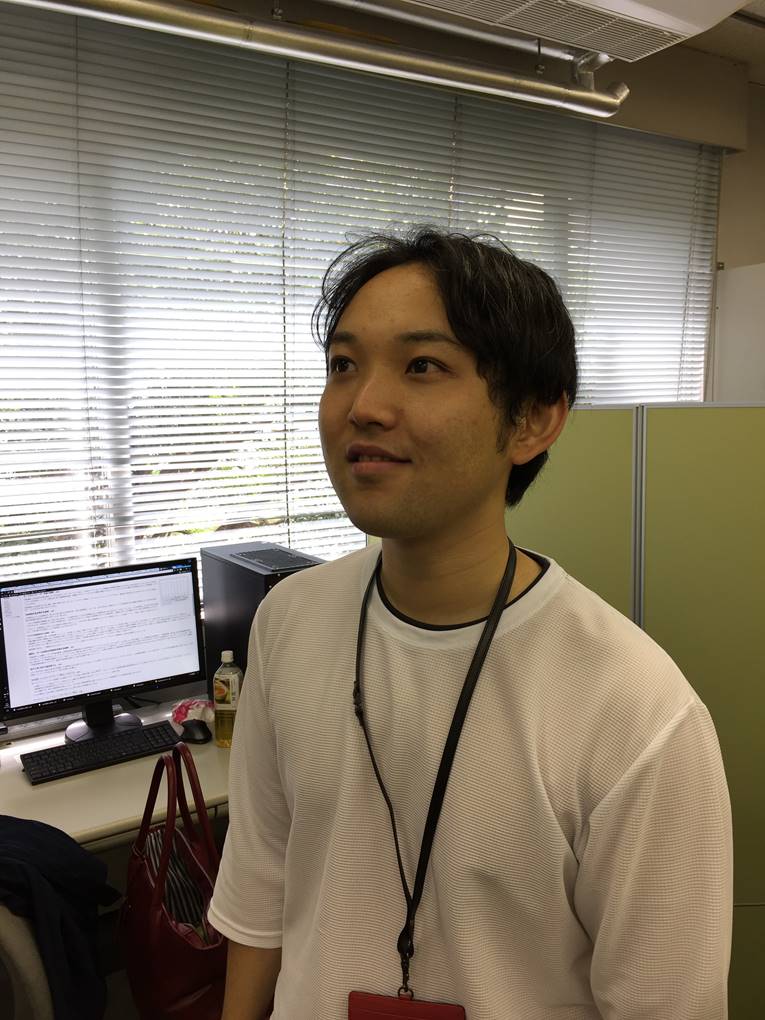 |
SATO Daisuke (Conc.) |
Quantum radiation source, particle accelerator technology | |
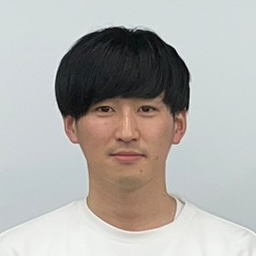 |
TERASAWA Eichi (Conc.) | Laser measurement, laser processing, electron beam | |
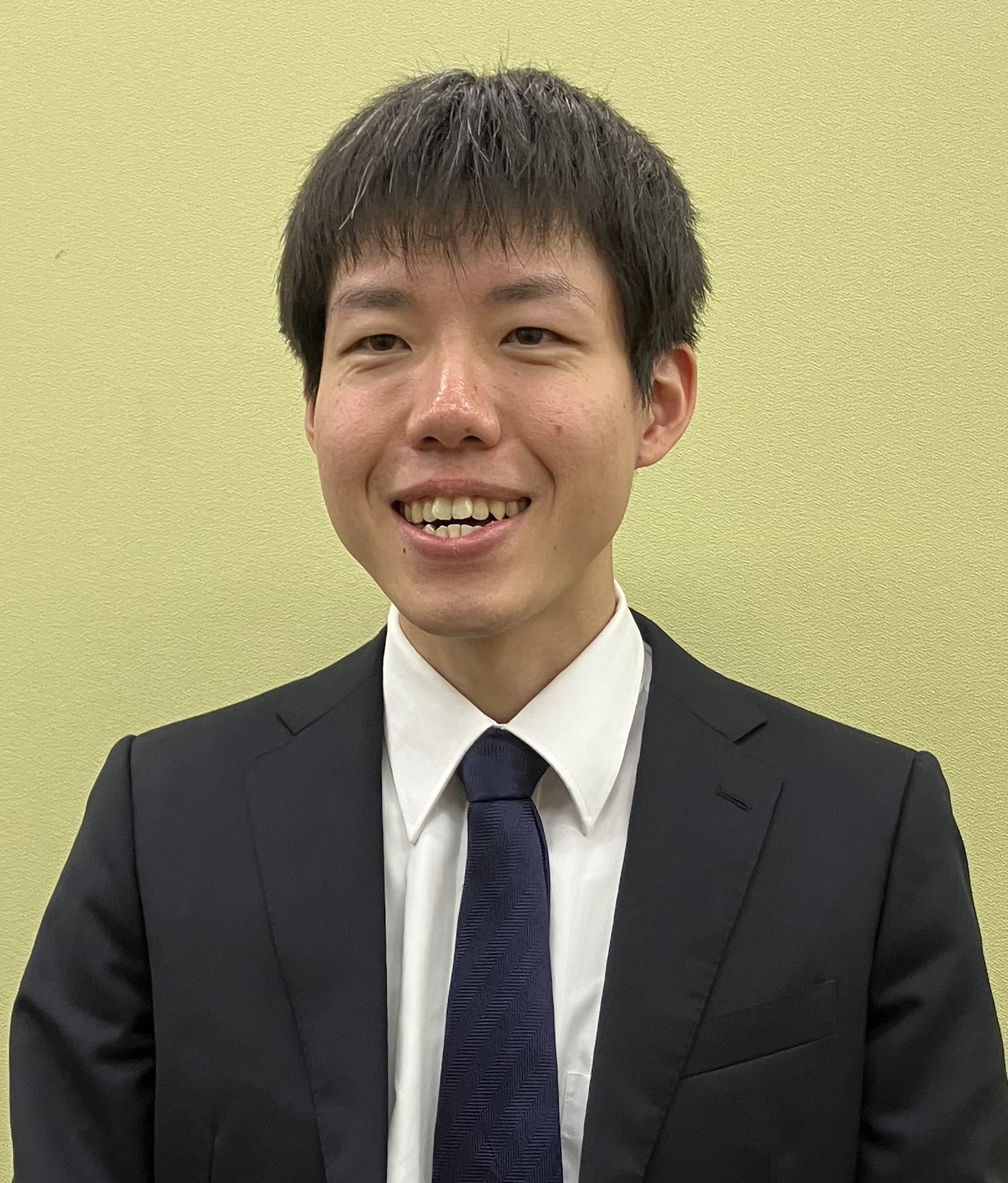 |
KOIKE Takeru (Conc.) | Laser measurement, plasma physics, nonlinear optics |
※Please change "[at]" to "@"
